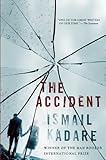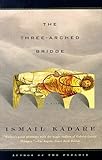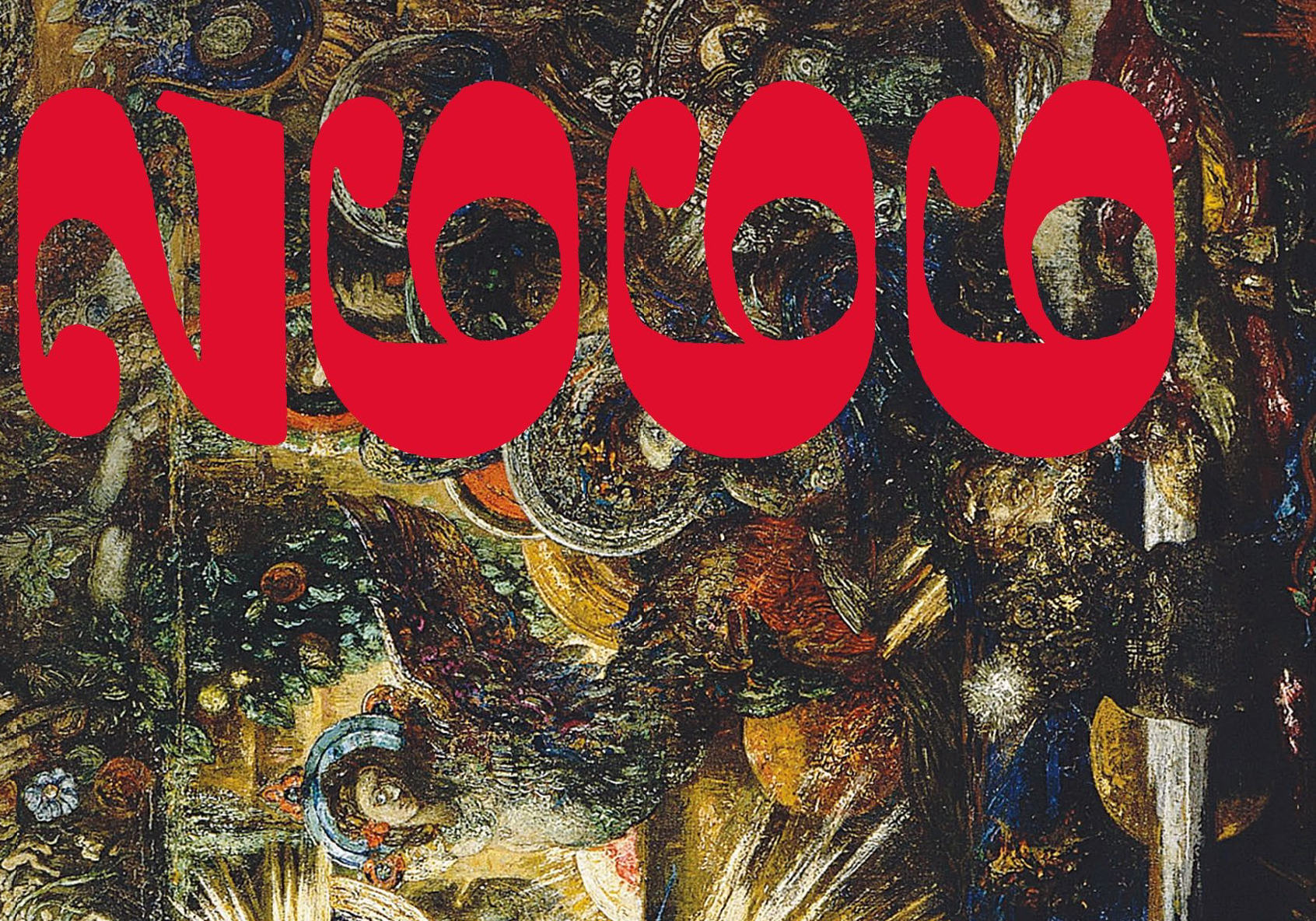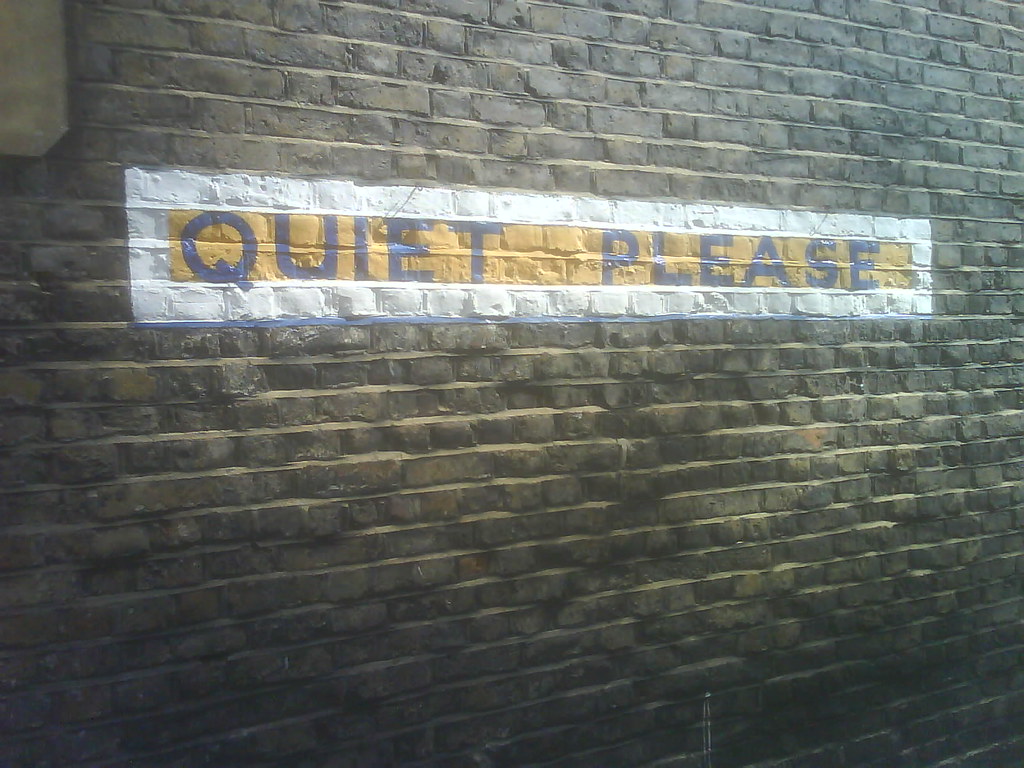 I’ve been thinking a lot lately about Ismail Kadare. Honestly. The Albanian author is frequently named as a potential Nobel laureate, and his novel The Accident just appeared in English, earning him additional press and reviews. But this recent press for Kadare is only part of why I’ve been pondering his work.
I’ve been thinking a lot lately about Ismail Kadare. Honestly. The Albanian author is frequently named as a potential Nobel laureate, and his novel The Accident just appeared in English, earning him additional press and reviews. But this recent press for Kadare is only part of why I’ve been pondering his work.
Kadare represents a bit of a fantasy for me, as a reader and as a writer. When I was a child traveling to my family’s ancestral home in Northern Greece, we would always come to a point in the road where the left went north to Albania and the right went northeast into the Pindus mountains. We went right, but to the left were soldiers manning a checkpoint with military trucks and tanks. Beyond that, a few more miles of disintegrating asphalt, and then the Albania of Enver Hoxha, where few went in and no one went out.
Sometimes we’d stop at the checkpoint and just look for a minute or two. My great-uncle might talk how he helped push Mussolini’s army back into Albania, or he might point out that Hoxha’s communism was proof that the nationalists he’d fought for had been on the right side in Greece’s civil war. Then we’d get back in the car and head up the switchbacks to our house.
 Because we couldn’t get in, because there was a fence, I wanted desperately to go to Albania. Years later, reading Robert D. Kaplan’s Balkan Ghosts, I was perhaps most struck by his chapter on Albania. I remember few specifics now, though it remains one of my most admired books, but I remember quite clearly Kaplan’s description of the crowds outside a soccer match in Tirana. Men with identical flimsy plastic sandals on their feet, restive and straining against the dissatisfactions of the match and of their lives.
Because we couldn’t get in, because there was a fence, I wanted desperately to go to Albania. Years later, reading Robert D. Kaplan’s Balkan Ghosts, I was perhaps most struck by his chapter on Albania. I remember few specifics now, though it remains one of my most admired books, but I remember quite clearly Kaplan’s description of the crowds outside a soccer match in Tirana. Men with identical flimsy plastic sandals on their feet, restive and straining against the dissatisfactions of the match and of their lives.

 When I came across Kadare, I was excited to be reading prose that had come from within that world, even if Kadare had left Albania for France in 1990. (Kadare originates from a town not far at all from that checkpoint: Gyrokaster in Albanian; Argyrokastro in Greek.) I appreciated The Concert, but The Three-Arched Bridge unsettled and chilled me. The novel addresses the intersection of West and East during the final years of the Byzantine Empire as a local ruler organizes the building of a stone bridge. The bridge will open up a trade route for merchants on horseback, opening up as well the village to the oncoming Ottoman forces. Once outside influences are allowed in, it’s the beginning of the end for the crumbling Byzantine rule in the novel’s world.
When I came across Kadare, I was excited to be reading prose that had come from within that world, even if Kadare had left Albania for France in 1990. (Kadare originates from a town not far at all from that checkpoint: Gyrokaster in Albanian; Argyrokastro in Greek.) I appreciated The Concert, but The Three-Arched Bridge unsettled and chilled me. The novel addresses the intersection of West and East during the final years of the Byzantine Empire as a local ruler organizes the building of a stone bridge. The bridge will open up a trade route for merchants on horseback, opening up as well the village to the oncoming Ottoman forces. Once outside influences are allowed in, it’s the beginning of the end for the crumbling Byzantine rule in the novel’s world.
The chilling part of Kadare’s book, however, has to do with the actual building of the bridge. The master builder gets a certain amount of work done each day, but overnight, the foundations of the bridge are swept away. Every day, the masons rebuild the bridge, and every night, the river destroys it. The solution is clear. The master builder must immure a volunteer in the foundation of the bridge, or else the building will never succeed. Immure: as in build into the wall.
The story of the immured volunteer (it is usually a woman) is not Kadare’s invention. Nor was it even the first time I’d encountered it. Those childhood treks to our family home began with an eight-hour drive from Athens to Ioannina, a city in Epirus which like Kadare’s fictional village was a crossroads between Islamic and Western cultures during the Ottoman Empire. Minarets still rise above the glassy lake at the city’s edge, by the castle of Ali Pasha, the 19th-century ruler. To get there (which was most of the way to our home in the mountains), we had to cross the Arachthos River at Arta. The road ran beside the medieval bridge—where legend has it that the master builder immured his young daughter into the foundations in order to defeat the water’s destructive force.
Hearing this legend when I was young, I was struck by the story’s cruelty, and by the inevitability of that cruelty. No one ever dwelled, in their retelling, on how tortured the masterbuilder must have been, how aghast at his own eventual acceptance of the will of society. To me, the gruesomeness lay in what seemed the ease of the master builder’s choice. And there was the bridge, intact still, a monument to cruelty and, at the same time, to the social good of selflessness.
When I came across the same story in Kadare’s The Three-Arched Bridge, the experience oddly proved the truth of the legend I’d grown up with. It cemented the story as part of a wider Balkan reality. Which in fact it is. The story is known, in folklore studies, as “The Bridge of Arta”—the name for a grouping of tales that originate in Central-Eastern Europe involving the immuration of a virtuous person in order for a society to achieve a common good. There is a Bulgarian version, a Romanian version, and a few modern interpretations besides that of Kadare, including Nikos Kazantzakis’ libretto for an opera called Protomastoras (master builder).
The Three-Arched Bridge isn’t considered one of Kadare’s major works. The folkloric dimension of the narrative nudges it away from standard literary fiction. But for me, it’s a powerful text. Not only because it reworks the traditional tale in a contemporary political and cultural context, but also because it’s a fiction that creates a kind of truth.











